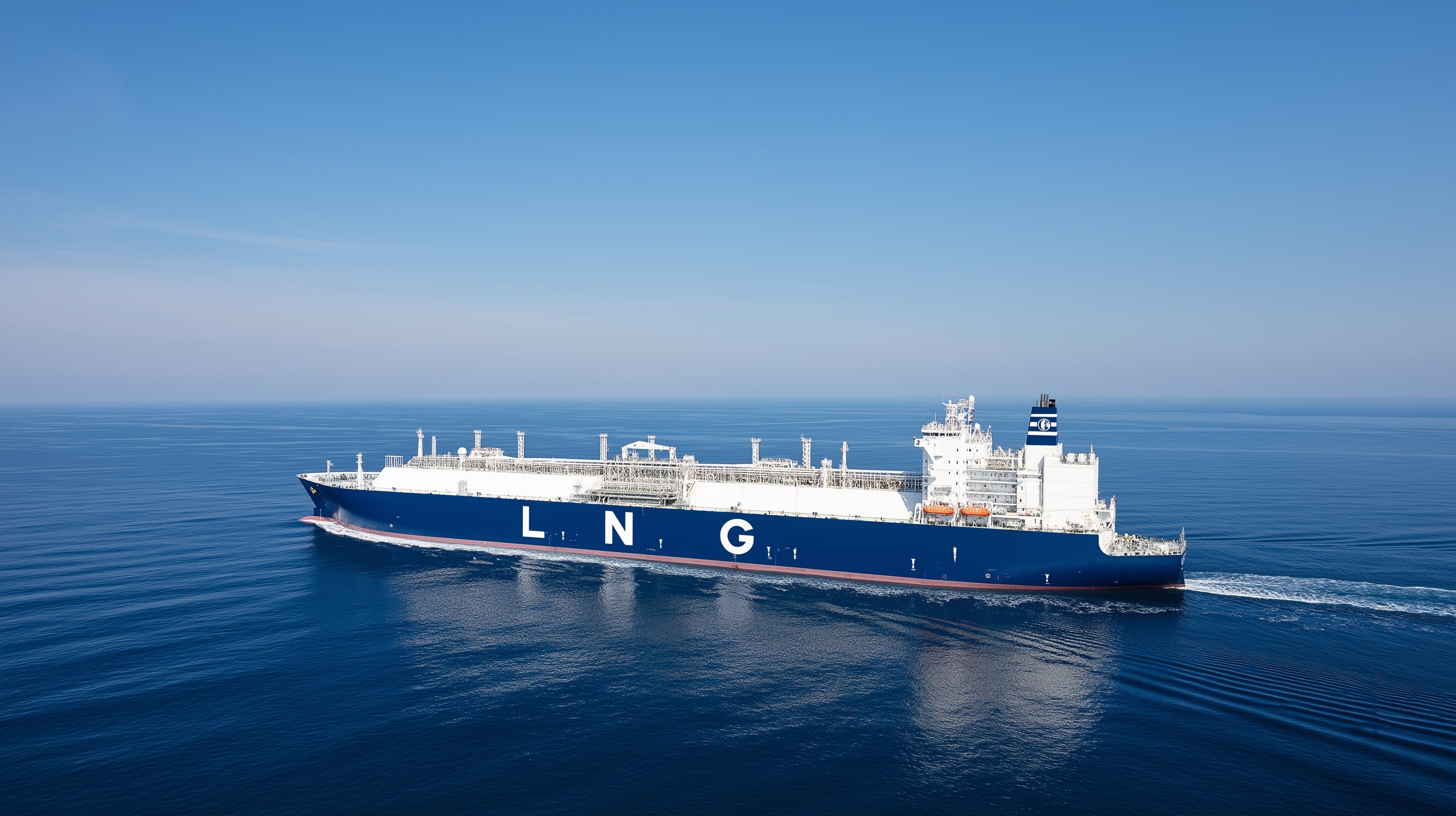Natural Gas (NG=F) Falls Below $3 as Supply Strength and Mild Forecasts Pressure Futures
Natural gas markets weakened midweek, with November NG=F contracts sliding 6.2 cents to $2.99 per MMBtu, erasing early-session gains as traders weighed record U.S. liquefied natural gas exports against a stubbornly warm weather outlook. Despite feed gas deliveries reaching an all-time high of 16.9 billion cubic feet per day, the broader sentiment remained cautious ahead of Thursday’s government inventory data, which is expected to show a storage build exceeding seasonal averages. That report could mark another step in what has become a tug of war between robust supply and uneven demand expectations going into winter.
Weather and Storage Build Weigh on Sentiment
Forecast models from the National Weather Service continued to highlight warmer-than-normal temperatures across major consuming regions through late October, curbing early heating demand. Traders are pricing in a potential storage injection of 85 to 95 billion cubic feet, well above the five-year average for this time of year. Current inventories stand near 3.5 trillion cubic feet, approximately 6% higher than the same period last year, underscoring persistent oversupply. While traders have historically treated $3.00 as a psychological pivot, the combination of ample storage and mild weather has prevented any sustained rebound.
Production and Infrastructure Expansions Reinforce Supply Resilience
Natural gas output in the U.S. remains near record levels, driven by strong associated gas flows from oil production in the Permian Basin. Cardinal Midstream Partners recently expanded gathering and processing operations in Loving County, Texas, as part of a broader push to support rising volumes from the Waha hub. Similar projects across the midcontinent are adding to the infrastructure buildout that continues to flood the market with new supply capacity. Analysts note that these expansions, while critical for long-term logistics, have also amplified short-term pressure on Henry Hub-linked pricing, keeping spot values anchored near $3 despite strong LNG exports.
LNG Exports Reach Record Flows, Offering Partial Relief
While domestic fundamentals lean bearish, LNG exports remain the key balancing force. Feed gas flows to export terminals reached 16.9 Bcf/d, surpassing the previous record and signaling robust international demand, particularly from Europe and East Asia. U.S. cargoes are now benefiting from lower prices compared to Asian spot benchmarks, maintaining high utilization rates at facilities such as Sabine Pass and Corpus Christi. Still, logistical bottlenecks and scheduled maintenance at Freeport LNG have capped total throughput, muting the immediate upside for front-month contracts. The export strength highlights that without this outlet, domestic prices might have fallen well below $2.80.
Corporate Outlook: BP, Shell, and ExxonMobil Adjust to Pricing Headwinds
Energy majors remain closely tied to gas market trends. BP plc (NYSE:BP) expects higher upstream production in Q3 2025 compared to Q2, though its integrated gas and low-carbon division anticipates a $0.1 billion revenue decline tied to weaker non-Henry Hub benchmarks. Shell plc (NYSE:SHEL), the world’s largest LNG trader, projects stronger sequential production from its integrated gas segment this quarter, helped by resilient LNG margins. ExxonMobil (NYSE:XOM), meanwhile, has benefited from refining and downstream rebounds that offset the drag of softer gas prices. The combined performance of these giants reflects an industry adapting to sustained price volatility and regional imbalances in global gas pricing.
Technical Picture for NG=F Points to Consolidation and Potential Bounce
From a technical standpoint, natural gas futures remain pinned near the $3 threshold, a critical round-number level watched by algorithmic and discretionary traders alike. Analysts at FXEmpire noted that the market “has drifted lower” through early Wednesday, though the current structure suggests that $3.00 is functioning as a base rather than a breakdown zone. The transition to the December contract within ten days could introduce volatility as winter-demand expectations adjust. Should prices sustain above $3.05, the next upside targets lie at $3.50 and $4.00, levels consistent with historical seasonal rebounds. Conversely, breaking below $2.94 could open the path toward $2.82, the lower support flagged by Economies.com analysts earlier this week.
Regional Price Divergence Highlights Market Fragmentation
Spot markets across North America continue to show pronounced regional divergence. Prices at El Paso Keystone Pool traded around $4.33, while Transco Zone 1 and Westcoast Station 2 posted weaker quotes near $3.84 and $3.15, respectively. The contrast underscores infrastructure constraints and localized weather effects. Western hubs have benefited from tighter supply conditions, while Eastern markets face moderate temperatures that limit drawdown potential. This fragmentation makes the national average less representative of trading realities, complicating hedging strategies for utilities and producers entering the peak consumption season.
Macro Drivers: Fed Policy and Currency Shifts Influence Energy Flows
A softer U.S. dollar following the Federal Reserve’s recent dovish commentary has added a modest tailwind for dollar-denominated commodities, but its effect on gas has been less pronounced than on oil or gold. European benchmark prices have eased, narrowing arbitrage margins for exporters, while China’s incremental LNG purchases have stabilized global freight rates. Analysts suggest that if the dollar continues to weaken through Q4, marginal demand from Asia could rise, tightening the LNG balance and indirectly supporting Henry Hub-linked prices above the $3 line.
Market Expectations Heading Into Winter
With the November contract nearing expiry, traders are bracing for the December rollover to test the market’s appetite for winter risk. The Kansas City Fed’s energy survey noted declining activity across the Midcontinent, with producers expecting “no material improvement” over the next six months. Yet historical seasonality suggests the market’s bearish tone may fade as early cold fronts emerge in late November. The consensus range among traders places winter price expectations between $3.25 and $3.80, depending on weather intensity and export continuity. Volatility is likely to spike if the first half of winter turns colder than forecasts currently imply.
Verdict: Natural Gas (NG=F) — Hold with Bullish Bias into Winter
Considering record LNG exports, strong production, mild near-term weather, and stable macro liquidity, Natural Gas (NG=F) appears poised for range-bound trading near $3.00 before a potential winter recovery. Upside targets of $3.50–$4.00 remain achievable if storage builds slow and temperatures normalize. Long-term fundamentals continue to favor demand growth from industrial and export sectors, but in the immediate term, the balance between storage excess and seasonal shifts will dictate direction. Rating: Hold — cautiously bullish outlook into winter 2025.
That's TradingNEWS




















